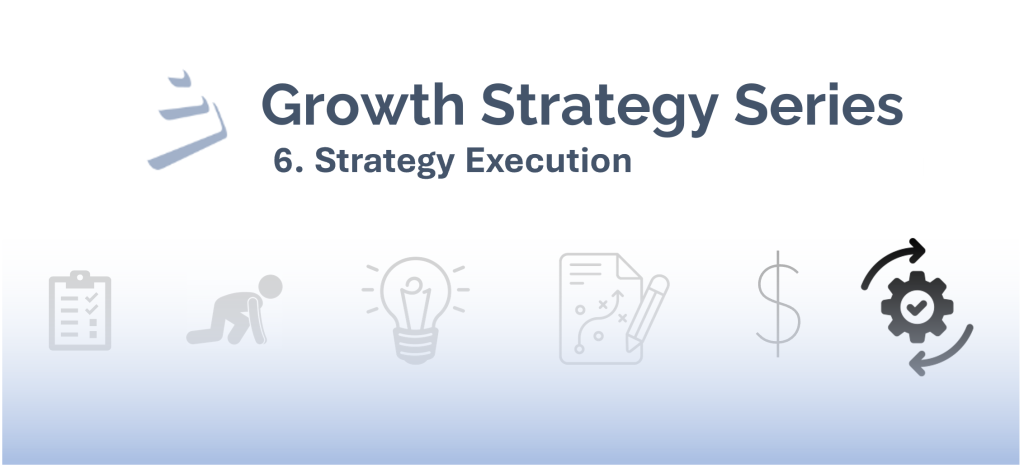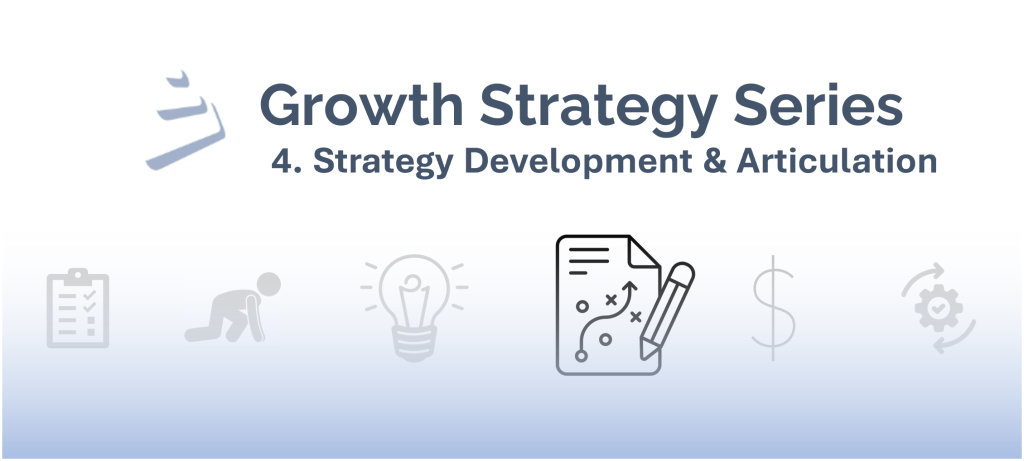According to IEG’s 2015 Sponsorship Spending Report, North American sponsorship spending is expected to exceed $21B in 2015 (+4% vs. 2014), with sports sponsorships accounting for 70% of that expenditure. With so much riding on the business and brand building impact of these fixed costs, here are 6 tips to help get the most out of a sports sponsorship.
Consumer relevant, on equity, on strategy. Sports sponsorships, whether of a league, a team, an athlete, or some combination of the three, should always start with the consumer. Identifying a brand’s prime consumer prospects and determining what properties resonate with them is a key first step. Then within that set of consumer-relevant properties, it’s critical to select athletes/leagues/teams that are reflective of your brand’s equity. For example, after identifying that the Old Spice prime prospect had a well above average affinity for NASCAR, Old Spice chose to not only become a NASCAR sponsor, but also partner with Tony Stewart, who at the time embodied Old Spice’s “unapologetic masculinity” equity…although admittedly, sometimes to a fault. Finally, the sponsorship should be strategically aligned and integrated with your marketing plan. Creating an unrelated, one-off sponsorship program, even if consumer relevant and on-equity, decreases effectiveness as it will be disconnected from the rest of the brand and other marketing elements. Case in point, Gillette is an MLB sponsor, but nowhere does that partnership show up in any kind of integrated way in the brand’s marketing plans. And while the Gillette consumer might have an affinity for baseball, the ubiquity of beards and stubble in the sport (check out the Red Sox 2013 Fear the Beards campaign) makes the investment arguably off-equity for the brand.
Explain the why. Whenever athletes show up at a shoot, the director will likely sit them down and explain what they’re going to do that day. The conversation is often quite tactical, and unfortunately, there is a risk that the athlete never grasps the bigger picture of what the brand is trying to accomplish. While they are paid large sums of money to do what brands want them to, explaining the “why” makes the athlete more of a partner in the process, and less of just an asset to pose, place, and pay. Sharing the brand vision, explaining the “big idea”, why it’s meaningful to consumers, and why they were specifically chosen to represent a given brand provides bigger picture background that makes the creative development process more understandable, and ultimately more effective.
Go beyond the contract. While contracts clearly spell out rights, timing and obligations, today’s deals often detail the specific number of tweets, brand mentions, or times a branded towel appears on a shoulder. Even though brands often pay athletes hundreds of thousands, if not millions, of dollars, going beyond the contract can be the difference between the athlete strictly following the letter of the contract and having them embrace the brand. A few niceties, believe it or not, can lead your celebrity athlete to stay late at the shoot to get it just right, tweet out brand messages because they want to, or even mention the brand in conversation because it’s top of mind. So send them (and their families) lots of your product (if it makes sense), provide travel services to significant others, ensure that they have great hotel rooms, and find ways to show that you’re willing to go beyond just paying them — that you care about them as people and not just as an asset. The cost is relatively minimal, but the benefit can be significant. And not doing this could result in the athlete reluctantly doing the minimum required by the contract…and you getting a performance you’re not satisfied with.
Keep it professional. One of my sports marketing mentors had a rule that he never took pictures with the athletes we sponsored. While his colleagues would invariably get in line to take pictures and selfies with the professional athletes, which would then inevitably be posted on Facebook and Instagram, he stayed away. His advice to me was that snapping shots could erode my professional leadership of the sponsorship and overall marketing program. Consistently acting in a way that reflects a business partnership vs. an autograph and photo opportunity helps to maintain the right level of professionalism between marketers and athletes. There may be a time and place for pictures, but the dynamics with the athlete, their agent, and even the agency can change if there is a shift from marketing leader to fan. Get the relationship right, and ultimately, it will be the athletes asking you to be in photos with them (which Roger Federer used to do with my mentor).
Hedge your bets. When designing Gillette’s global Olympic activation around the London Games a few years back, we had to make a choice to make between signing a very recognizable, globally relevant Olympian (e.g. Usain Bolt or Michael Phelps), and signing a larger number of country-specific athletes. The fact that the Olympics is a very nationalistic event had us already leaning towards the latter; however, it was the potential risk of something unexpected happening (an injury, a failed qualification, an illegal incident), and the relatively short term nature of the activation, since it focused on a single event, that gave us pause about committing ourselves to a single athlete. As it turns out, Usain Bolt and Michael Phelps both went to London and performed amazingly well, and I’m sure that their sponsors were all very happy. For Gillette, 11 of the 12 athletes we signed went to London, and 8 of them won medals. Putting all of your eggs in one basket can work…it’s just risky. Certain contract clauses can provide some financial protection to the brand, but marketers can still be stuck with a significant amount of expensive assets that they are unable to activate. While arguably more complicated, having a stable of athletes and assets hedges that risk, and provides more assurance for a quality activation.
Spend a little, activate a lot (or at least activate a lot more than you spend). Translating any kind of sponsorship into incremental sales is a key measure of success. But at what cost? Significant activation efforts and plans are usually required to compensate for the fixed sponsorship costs. Sadly, this is often not the case, as there are many sponsorship deals where the fixed cost of the sponsorship significantly exceeds the activation spend of the sponsorship assets. I’m no ROI genius, but I struggle to see how, without an unprecedented consumer response, those deals pay out. My sponsorship strategy is to invest as little as possible upfront and to generate assets that, when supported and activated with the marketing budget that’s been preserved, drive a highly efficient and effective program.
For example, in Old Spice’s NASCAR sponsorship, we spent the minimal amount needed on the fixed costs and on generation of relevant assets (pictures, logos, videos, etc) that were a holistic part of Old Spice’s marketing strategy. The assets were then activated at amounts that were numerous multiples above the fixed costs. Even though the brand was the lowest level sponsor of NASCAR, and showed up only as a patch on the left sleeve of Tony Stewart’s fire suit and a decal on the B pillar of his #20 Home Depot Chevrolet, we were able to create impactful assets that we then spent heavily against to activate. The Old Spice business, and specifically the products promoted in relation to the NASCAR sponsorship, grew significantly. Interestingly, as the brand became even more enamored with NASCAR, the level of sponsorship grew to the point where Old Spice began sponsoring an entire car. The ability to activate decreased as funding shifted to more fixed costs. Predictably, the ROI became negative, and Old Spice is no longer a NASCAR sponsor.
With all that said, best of luck spending the $21B in 2015 – I hope that everyone gets their money’s worth.


